Welcome back to my world of gold, giant piles of mine waste, low-grade uranium, zama zamas, and transnational economic migratory patterns. I’ve been away, working on creating the best course of action back toward the fray. Over the next two or so months I will be getting back into it, starting now.
Primarily a print reporter, I took to heart all my journalism class that preached how my industry is dying (slight sarcasm), so now I also gather much of my own multimedia. I had the honor of premiering my first museum exhibit last year in Johannesburg, and I sold a number of these photos to South African newspapers.
I figured, though, that I should put them somewhere for everyone to see, so here we go.
The first photograph -- the portrait of a Malawian farmer -- was shot in Chikhawo Village, just outside the country’s capital city, Lilongwe.
Climate change -- that so-debated phrase in the U.S. and not many other places -- is one large cause. In Malawi, farmers and villagers with little to no formal education don't question climate change because they can't afford to. They see the droughts mixed with periods of intense rains, equally destructive at times. With crops withering one year and washed away the next, they face hard choices.
Johannesburg represents employment...until you get there. The second photo is a mine not far from closure, as its gold runs out. The third photo is a mine that was abandoned a few years ago. In response, many migrants make the choice to become zamas.
This fourth photo is a pipe spewing treated acid mine drainage. This fifth photo is the view from the top of a gold mine tailings (waste) pile, as wind kicks up the low-grade uranium-filled dust. This sixth photo is a security guard at an abandoned mine overrun with zamas. This seventh photo is a resident of the Zamimpilo informal settlement in Johannesburg hurling a stone at a shack in order to knock it down and slow the spread of a raging shack fire. (That tailings pile photo gave me a free lunch of kicked-up grit. That fire photo almost cost me a whole lot more, as I was falsely accused of lighting it...)
As a rule of thumb, the poorer, black, and coloured communities live near mine waste. Middle class is a bit removed. Upper class is far away. Mine waste is part of Johannesburg's soul, and this placement was very much planned out.
This final photo (below) sees children playing on Sand St. in a coloured neighborhood. Their view is a partially remediated gold mine tailings pile.
This series is meant to illustrate the latter stages of what I'm calling a mine's "life cycle." Interlaced with that is the journey of southern Africans. From failing farms to the economic hub that is Johannesburg. From the gold mines that built the city to the giant pits that now pollute it.
I'll be back soon with more articles, analysis, and plans. Thanks for tuning back in.
Cheers,
Mark

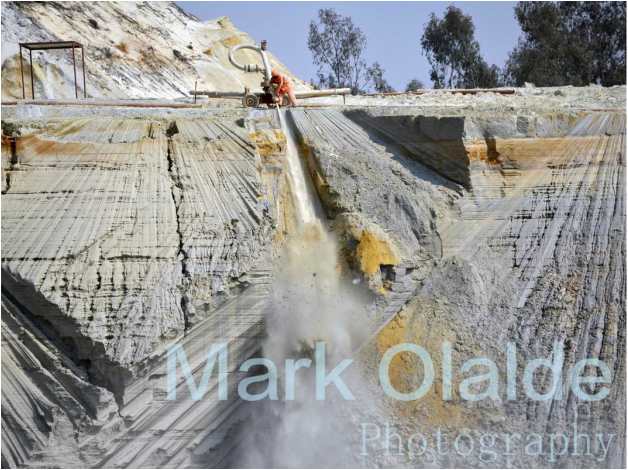
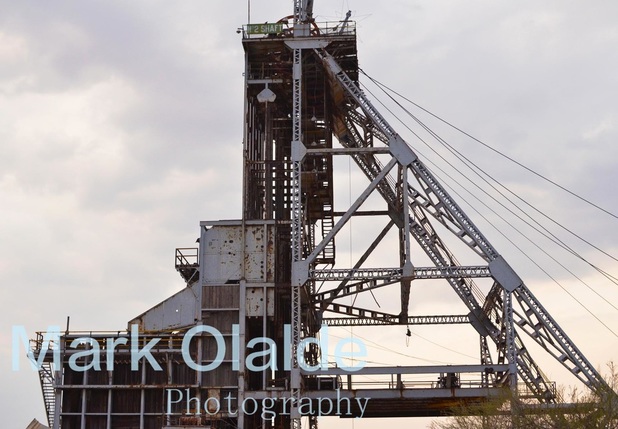
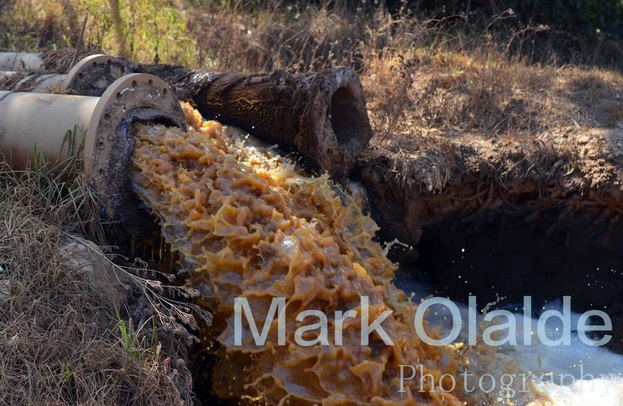
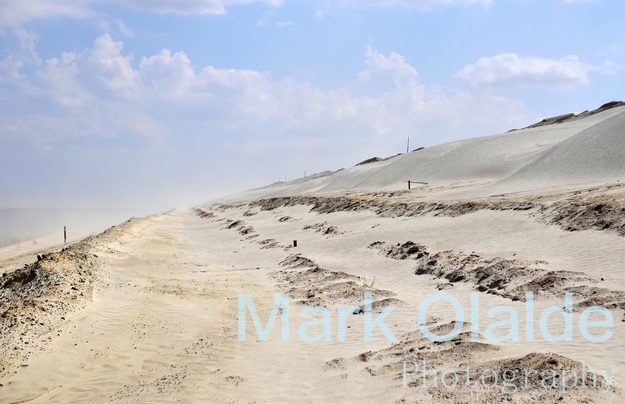
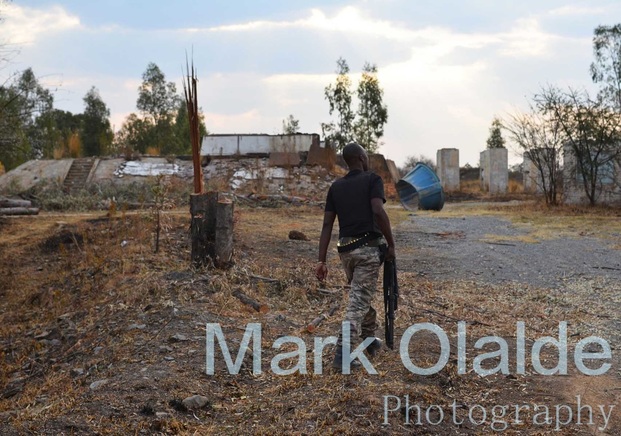
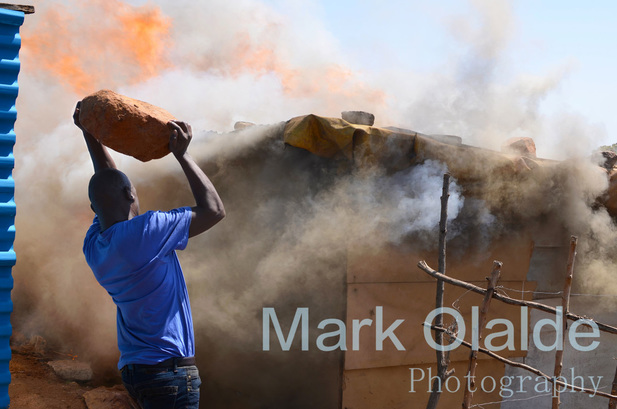
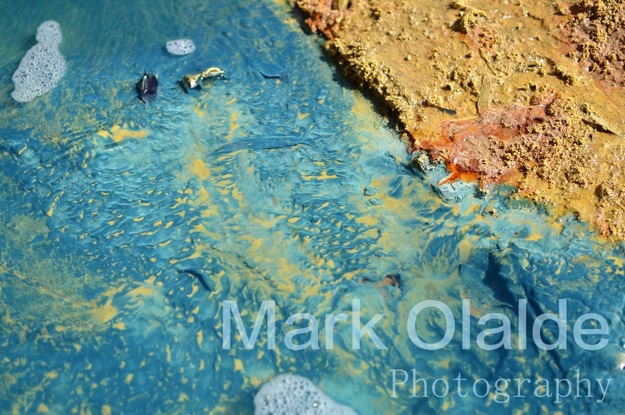

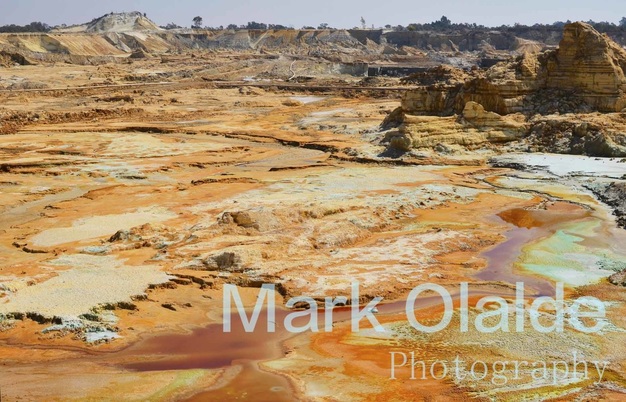
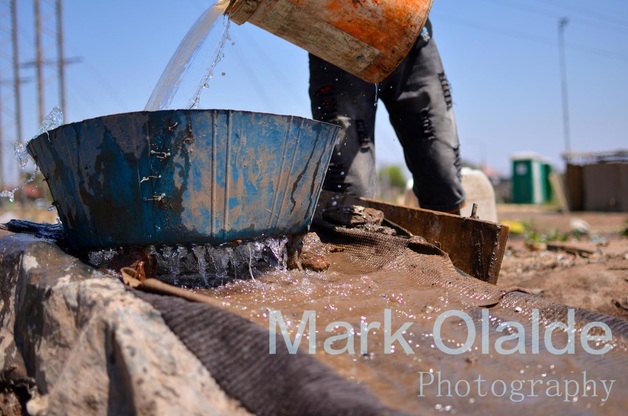
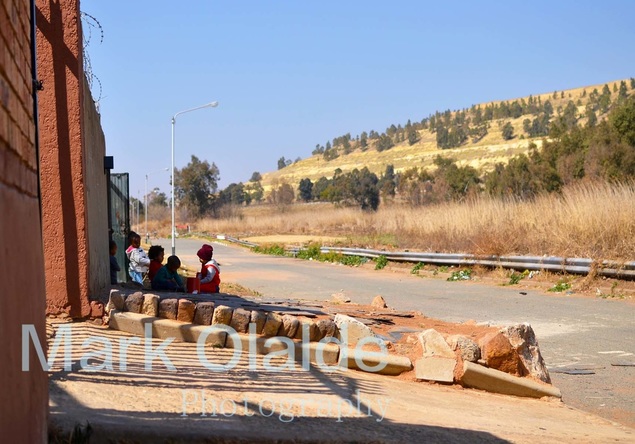
 RSS Feed
RSS Feed
